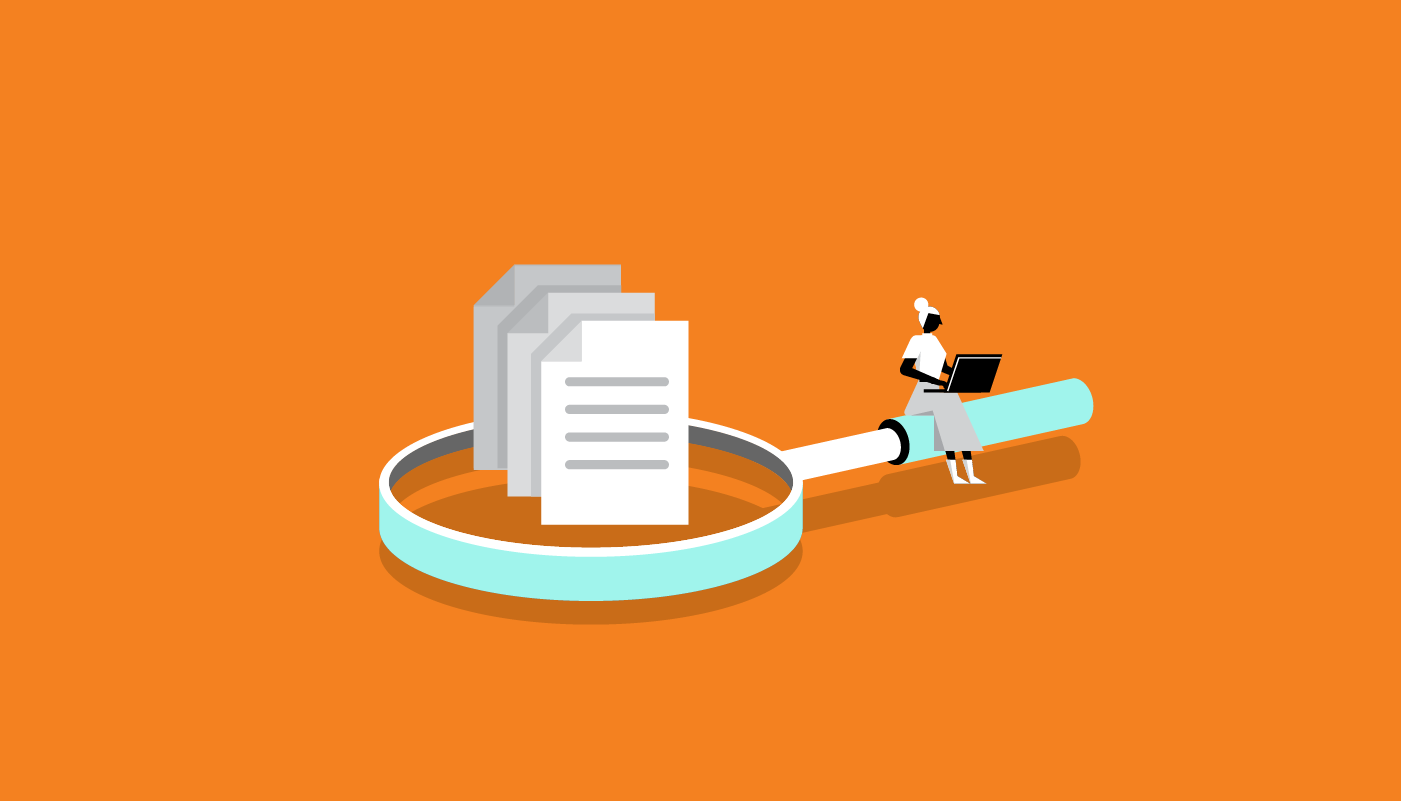Metcash, one of Australia’s leading wholesale companies, chose Mumba - here's why
How HR Can Stay Ahead of Constant Regulatory Change
Keeping audit ready is a non negotiable for HR teams, but it needn't be a source of stress

HR compliance feels like playing whack-a-mole. Just when you've updated one policy, Fair Work changes psychosocial hazard requirements. You've barely rolled out new WHS protocols when another legislative update lands in your inbox.
For HR leaders managing frontline teams across multiple sites, staying audit-ready isn't just challenging—it's exhausting. Manual tracking in spreadsheets leaves gaps. Email notifications get buried. And when audit time comes, you're scrambling to prove compliance across hundreds of employees.
The pace of workplace legislation isn't slowing down. But there's a smarter way to manage HR compliance management that doesn't require constant firefighting.
The Reality of Modern HR Compliance Management
Regulatory change has accelerated dramatically. In 2024 alone, Australian workplaces saw major updates to psychosocial hazard legislation, Fair Work amendments, and evolving WHS requirements across different states.
Each change requires immediate action. Policy updates need distribution. Employee acknowledgments must be tracked. Training records need updating. Audit trails must be maintained.
Traditional compliance management creates several pressure points:
Manual tracking systems fail at scale. Spreadsheets can't handle complex compliance workflows across multiple locations and shifts. Version control becomes impossible when you're managing different policies for different sites.
Communication gaps leave exposure. Email updates get missed. Printed policies sit unread. Frontline workers on night shifts never see critical updates, creating genuine compliance risks.
Audit preparation becomes crisis management. When compliance officers request evidence, HR teams spend weeks hunting through folders, emails, and systems trying to piece together proof of compliance.
The result? HR teams work harder but feel less confident about their compliance position.
Why Traditional Approaches Create Compliance Gaps
Most organizations rely on outdated compliance tracking methods that worked fine with smaller teams and simpler regulations. But workplace legislation 2025 requires a different approach.
The Email Distribution Problem
Sending policy updates via email creates multiple failure points. Frontline workers don't check work email regularly. Shift workers miss updates sent during their off-hours. Part-time staff may not see critical communications for days or weeks.
Even when employees receive emails, there's no way to confirm they've read, understood, or acknowledged the content. You can track email opens, but that doesn't prove comprehension or compliance.
Spreadsheet Chaos
HR teams often track compliance using shared spreadsheets. These become unwieldy fast. Multiple people editing the same document creates version control issues. Complex formulas break when someone adds a row incorrectly. Data integrity suffers as the system grows.
Spreadsheets also can't trigger automated workflows. When a new employee starts, someone has to manually add them to every relevant tracking sheet. When policies change, every affected employee record needs manual updating.
Documentation Scattered Across Systems
Policy documents live in shared drives. Training records sit in the LMS. Acknowledgment forms get stored in email folders. Audit trails exist across multiple systems—if they exist at all.
When compliance officers request evidence during audits, HR teams spend enormous time and effort pulling data from disparate sources. The process is stressful, time-consuming, and prone to gaps.
The Cost of Compliance Gaps
Compliance failures carry real consequences beyond potential fines. They create operational chaos, legal exposure, and workplace culture problems.
When employees aren't properly informed about policy changes, workplace incidents become more likely. Psychosocial hazard regulations exist to protect employee wellbeing. If workers don't understand their rights and responsibilities, the workplace becomes less safe for everyone.
Poor compliance tracking also creates employee relations problems. When policies aren't communicated clearly or consistently, employees feel left in the dark about changes that affect their daily work. This damages trust and engagement.
From a business perspective, compliance gaps create liability exposure. Organizations can't claim due diligence if they can't prove employees were properly informed and trained on current policies and procedures.
How Modern HR Compliance Management Works
Smart HR teams are moving beyond manual tracking to automated compliance systems that handle the entire workflow from policy updates to audit reporting.
Automated Policy Distribution
Instead of hoping emails get read, modern systems push policy updates directly to employees through mobile-friendly platforms. Updates appear as notifications that can't be missed or ignored.
The system tracks who has received each update and requires active acknowledgment before marking someone as compliant. No more guessing whether critical information has reached your frontline teams.
Real-Time Compliance Dashboards
Rather than updating spreadsheets manually, automated systems provide real-time visibility into compliance status across your entire workforce. You can see completion rates by location, department, or employee group instantly.
These dashboards highlight areas needing attention before they become problems. If acknowledgment rates are low in a particular location, you know to follow up immediately rather than discovering the gap months later during an audit.
Integrated Audit Trails
Modern compliance platforms maintain comprehensive audit trails automatically. Every policy update, acknowledgment, and training completion gets logged with timestamps and digital signatures.
When auditors request evidence, you can generate complete compliance reports in minutes rather than weeks. The system proves not just that policies were distributed, but that employees received, read, and acknowledged them.
Building a Stay Audit Ready System
Effective HR compliance management requires systematic thinking about how information flows through your organization and gets tracked over time.
Start with Policy Lifecycle Management
Map out how policies currently move through your organization from creation to employee acknowledgment. Identify bottlenecks, gaps, and manual steps that create compliance risks.
Design workflows that automatically route new policies to relevant employee groups. Build in approval steps for policy changes and automatic distribution once approved.
Create Trackable Communication Channels
Replace email-based policy distribution with trackable communication systems. Ensure every policy update requires active acknowledgment from recipients.
Build in escalation procedures for non-compliance. If someone doesn't acknowledge a critical policy update within a specified timeframe, their manager gets notified automatically.
Implement Continuous Monitoring
Set up dashboards that provide real-time visibility into compliance status across your workforce. Monitor completion rates, identify trends, and address gaps proactively.
Regular reporting helps leadership understand compliance risks and resource needs. Monthly compliance reports show progress over time and highlight areas needing additional support.
The Technology Solution
Mumba automates the entire compliance workflow from policy distribution to audit reporting. When new regulations require policy updates, the system automatically pushes changes to relevant employee groups and tracks acknowledgments in real-time.
Real-time dashboards show compliance completion rates across your workforce. You can see which locations, departments, or shifts need additional follow-up before gaps become problems.
The platform maintains comprehensive audit trails automatically. Every policy update, acknowledgment, and training completion gets logged with digital timestamps. When auditors request evidence, you can generate complete compliance reports instantly.
Mumba integrates with your existing HR systems without replacement. It sits over your current tools to provide the compliance tracking and communication capabilities most systems lack.
Stay Audit-Ready with Automated Compliance
HR compliance management doesn't have to feel like constant crisis management. The right systems handle routine compliance tasks automatically, giving you confidence that nothing falls through the cracks.
Modern workplace legislation 2025 requirements demand systematic approaches to policy distribution, employee acknowledgment, and audit trail maintenance. Organizations that continue relying on manual processes will struggle to keep up with the pace of regulatory change.
Stay audit-ready with Mumba's compliance automation. Our platform handles policy distribution, tracks acknowledgments, and maintains comprehensive audit trails automatically—so you can focus on strategic HR work instead of compliance firefighting.
Interested in Mumba?
See why HR teams are switching to Mumba. From onboarding to compliance, comms, and change — Mumba replaces complexity with clarity. Run HR faster, simpler, and smarter.
- Streamline onboarding and training
- Automate forms and policy compliance
- Reach every employee, instantly
- Roll out change without chaos
See how one simple platform can transform how you run HR and help you focus on what matters: your people.
Ready to get started?
We're a trusted partner for some of Australia's largest companies




